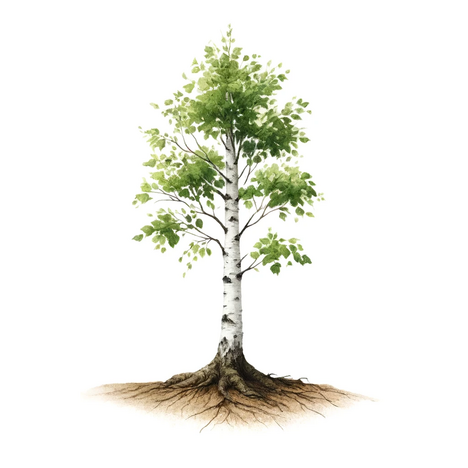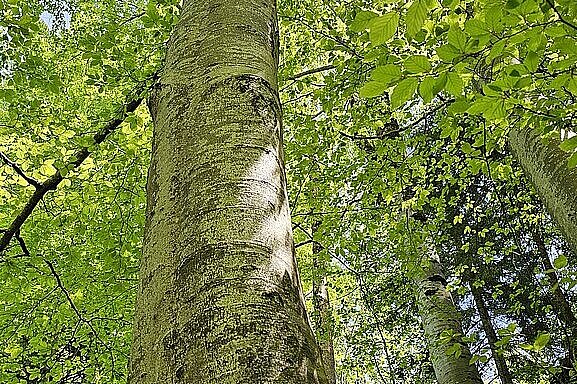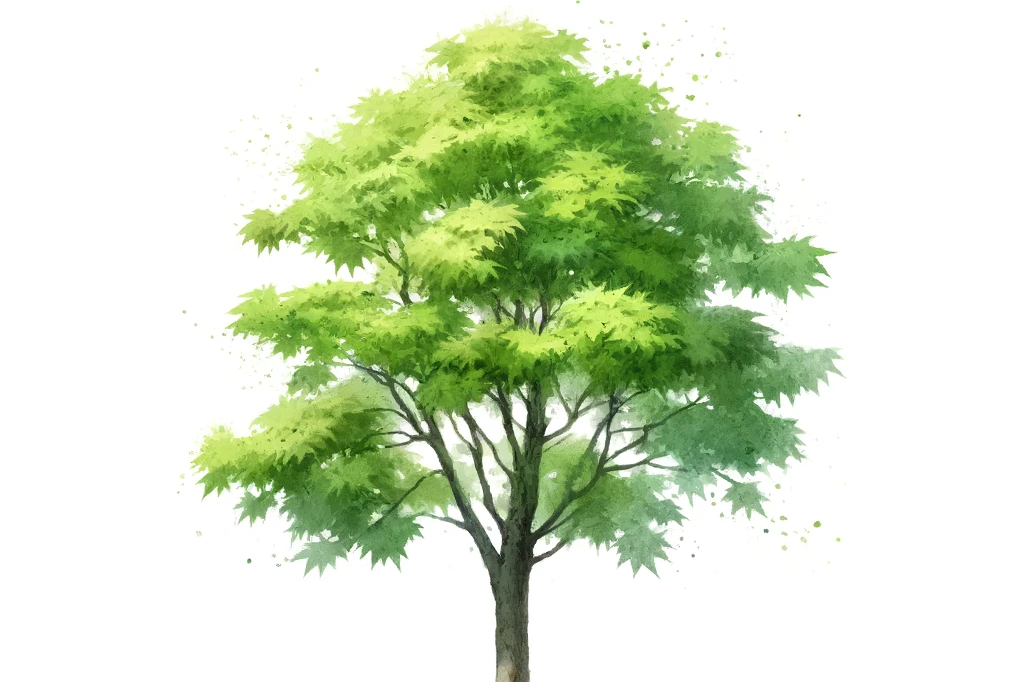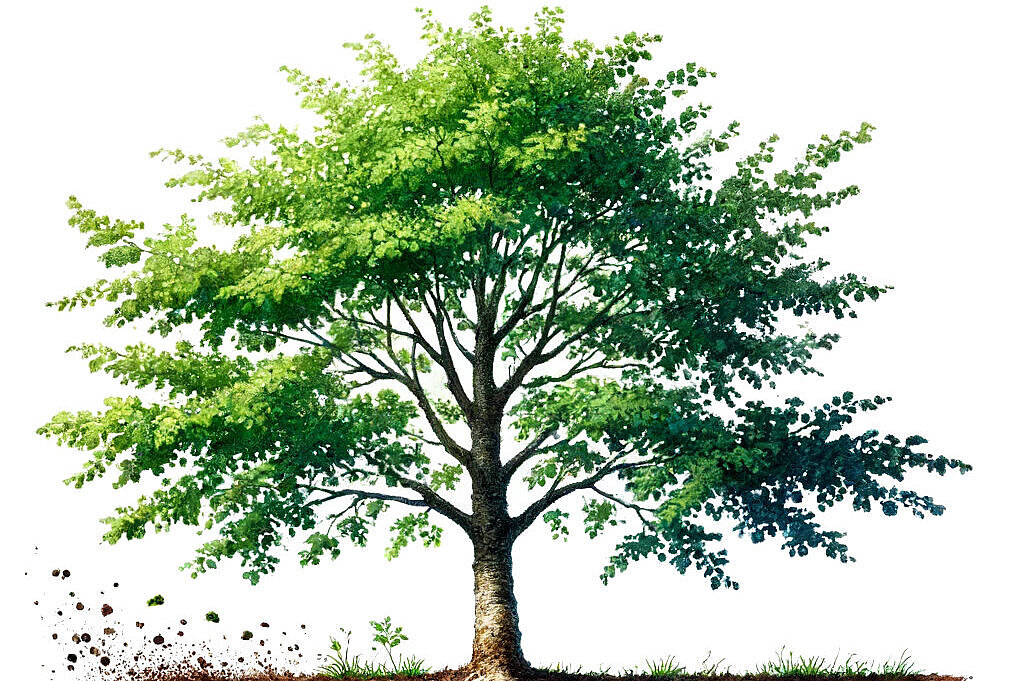Birch

What is birch?
The birch is a deciduous tree that is native to Europe, Asia and North America. There are different types of birch, for example the silver birch, the sand birch or the paper birch. The birch has white bark with black spots and green leaves with jagged edges. The flowers are elongated catkins that appear in spring.
What are the benefits of birch for dogs?
Birch has many positive properties for dogs, especially for the kidneys and bladder. Birch leaves contain flavonoids, essential oils and vitamins that have a diuretic effect and thus cleanse the urinary tract. They can also help with inflammation of the urinary tract or kidney stones. They can also stimulate the metabolism and lower blood sugar levels.
Birch bark contains betulin and betulinic acid, which have antibacterial, antiviral and anti-inflammatory effects. They can be used for skin problems such as eczema or wounds. Birch sap is extracted from the trunk and has a similar effect to the bark. It can also be used as a natural painkiller.
How can you use birch for your dog?
You can give your dog dried or fresh birch leaves as a food supplement or make a tea from them. The dosage depends on the size of your dog, but a general recommendation is about one teaspoon per 10 kg of body weight per day. You can also buy ready-made products such as capsules or tinctures.
For external use, you can make a paste from the bark or buy ready-made birch tar. This should be applied thickly to the affected area and covered with a gauze cloth. Birch sap can be applied directly to the skin or diluted and used as a rinse.
What are the disadvantages of birch for dogs?
In general, birch is well tolerated by dogs, but there are a few things to bear in mind. Firstly, you should make sure that the dog does not eat too much birch or nibble on it. This can lead to gastrointestinal problems or even be poisonous.
Secondly, you should always make sure that you use high-quality products or collect them yourself. The leaves should be harvested in spring, washed thoroughly and dried in the sun. They must be stored in a dark and airtight place. The bark should only be harvested from young trees, otherwise it may contain too many harmful substances. Sap should only be obtained from organically grown trees.
The birch is a deciduous tree that can be found in various regions of the world. Its leaves, bark and sap have various benefits for dogs. The leaves are diuretic and can help with urinary tract problems or kidney stones. The bark and sap are antibacterial and anti-inflammatory, which can be useful for skin problems. The dosage should be according to the dog's weight. When using birch products, attention should be paid to quality and origin. It is important that the dog does not eat too much birch, as this can cause gastrointestinal problems.
Properties 7
Are you looking for other ingredients with a specific property?
Just click on them to find more.
If you notice any signs of hypersensitivity or poisoning in your dog, you should see your vet immediately. We are not a substitute for a vet, but we try to be as accurate as possible. Every dog reacts differently and we recommend you get a second opinion or consult your vet if in doubt.
Stay healthy and take good care of your four-legged friend!😊
Similar to Birch
Oak is a plant genus consisting of over 600 different species. The best-known species in Germany is the English oak or summer oak (Quercus robur), which can grow up to 40 meters high. The oak has...
Beech is the name for various tree species from the beech family. The best known are the copper beech and the hornbeam. The copper beech has smooth, green leaves that turn red in the fall. The...
Maple is the name of a genus of trees and shrubs found in the northern hemisphere. There are around 200 species of maple, which differ in size, shape, color and leaf structure. The best-known...
Elm is the name of a genus of deciduous trees found in Europe, Asia and North America. The best-known species is the red elm (Ulmus rubra), which is also known as the slippery elm. This elm grows up...



